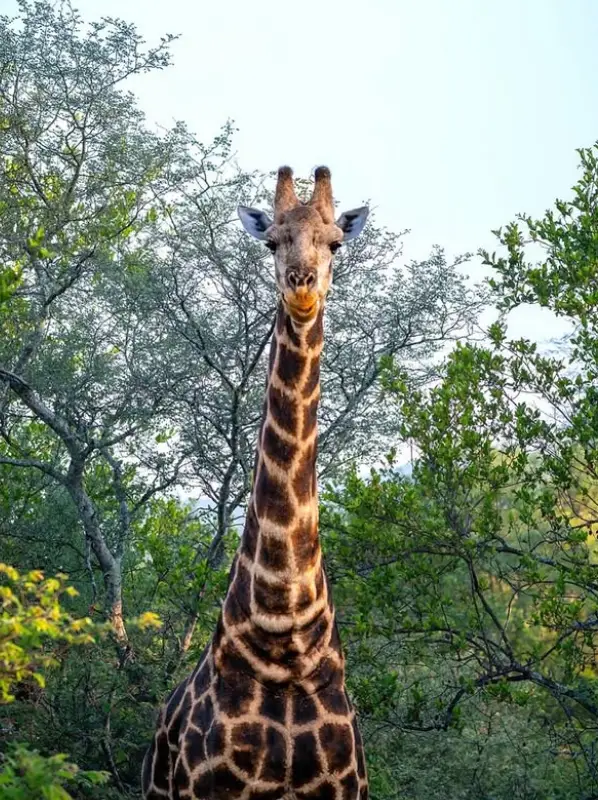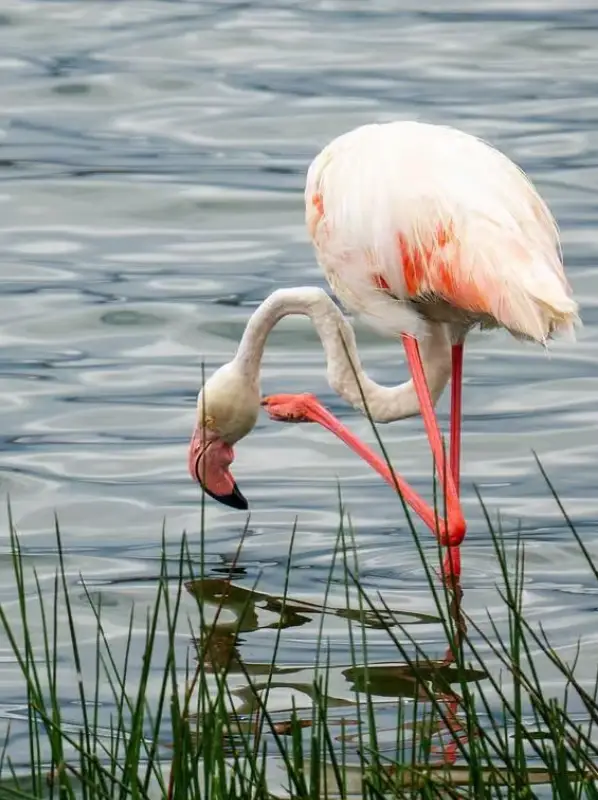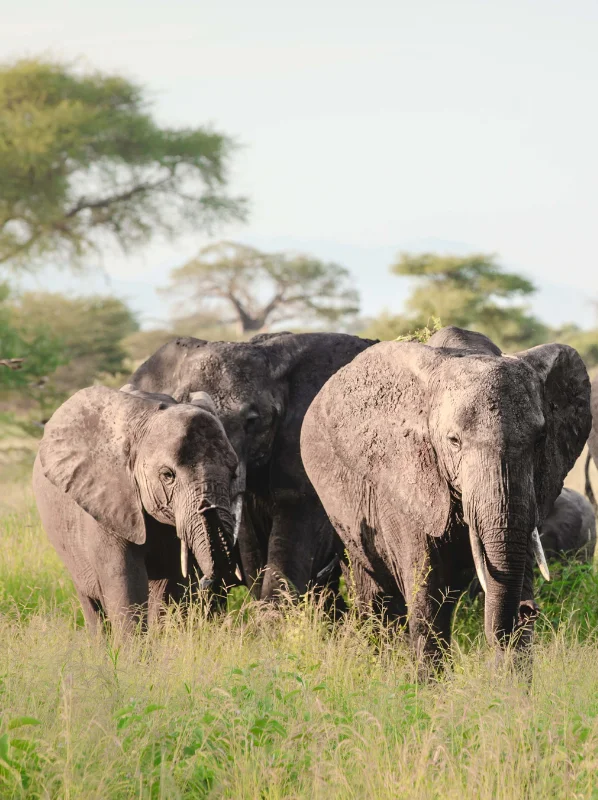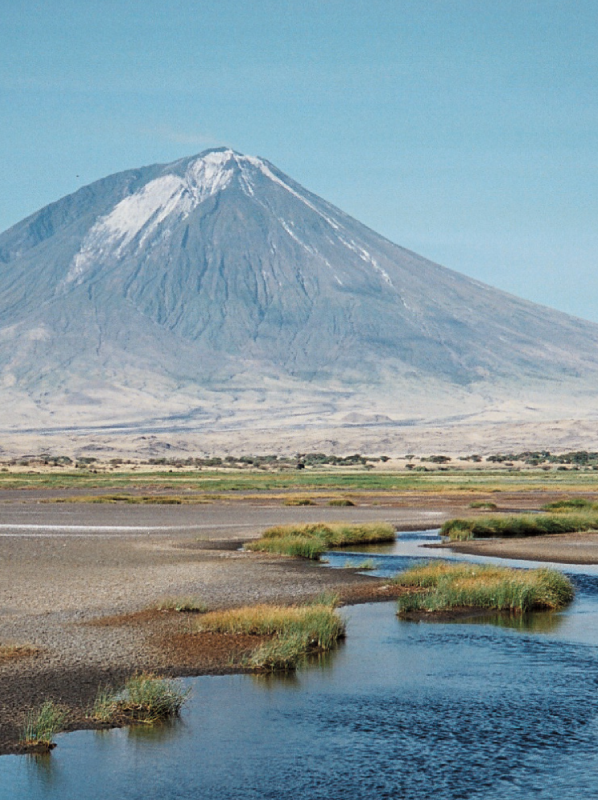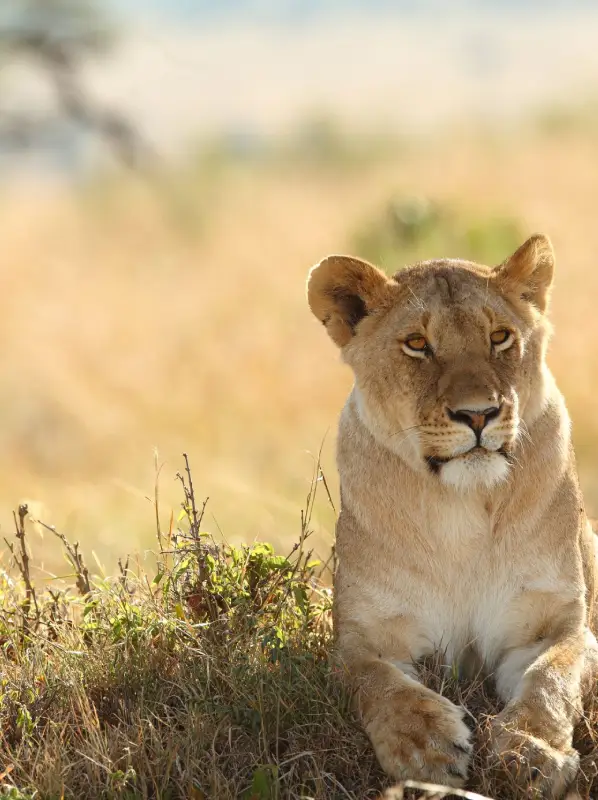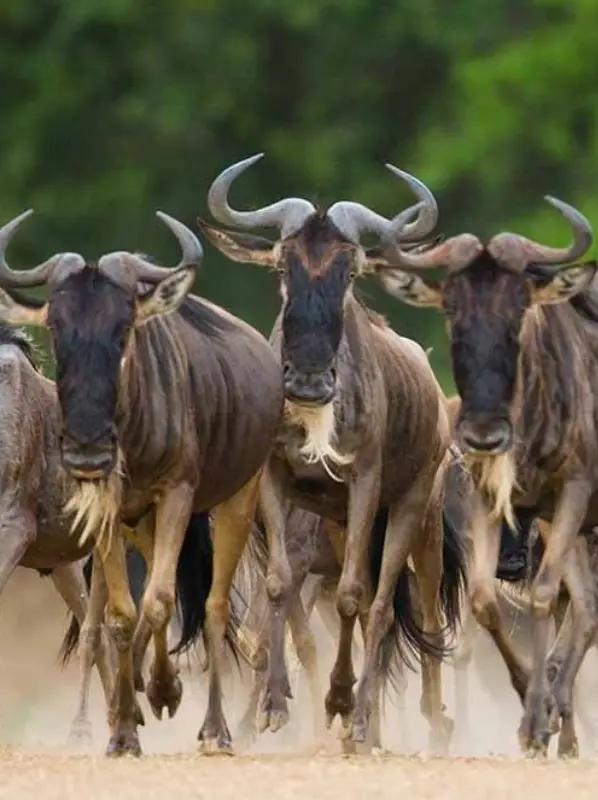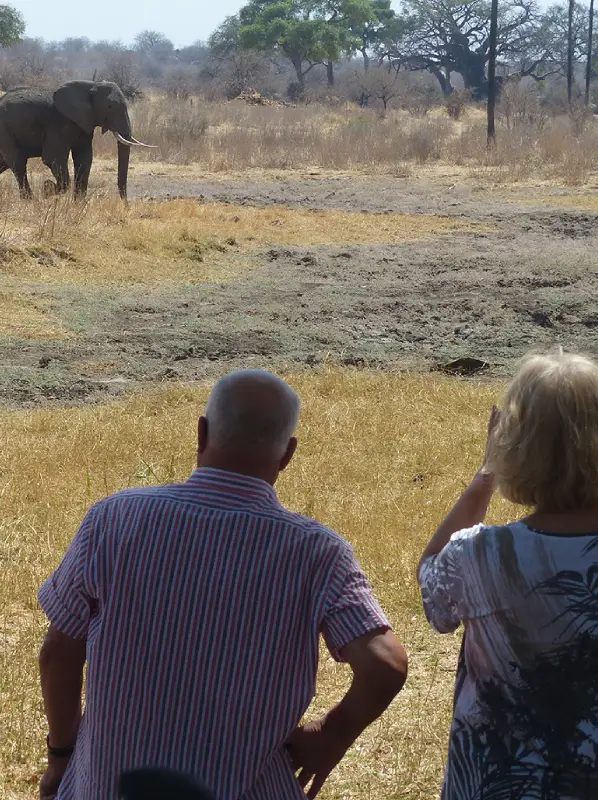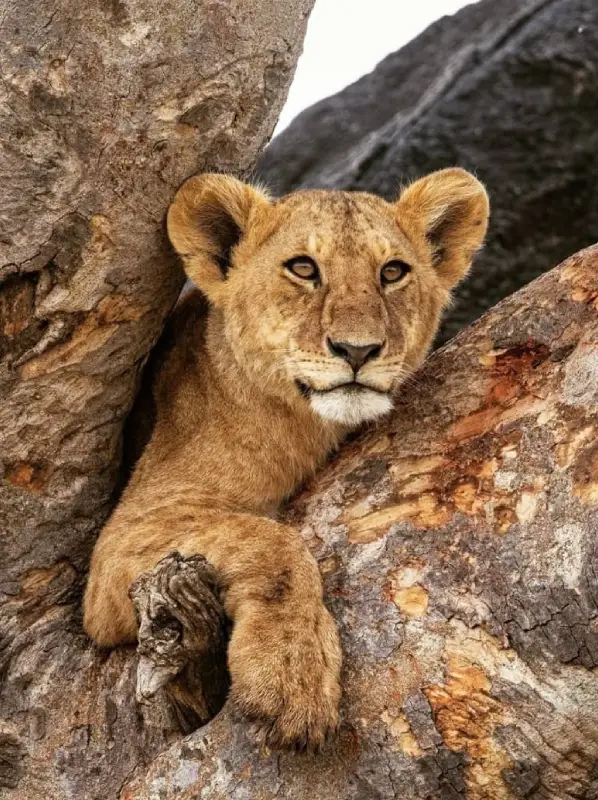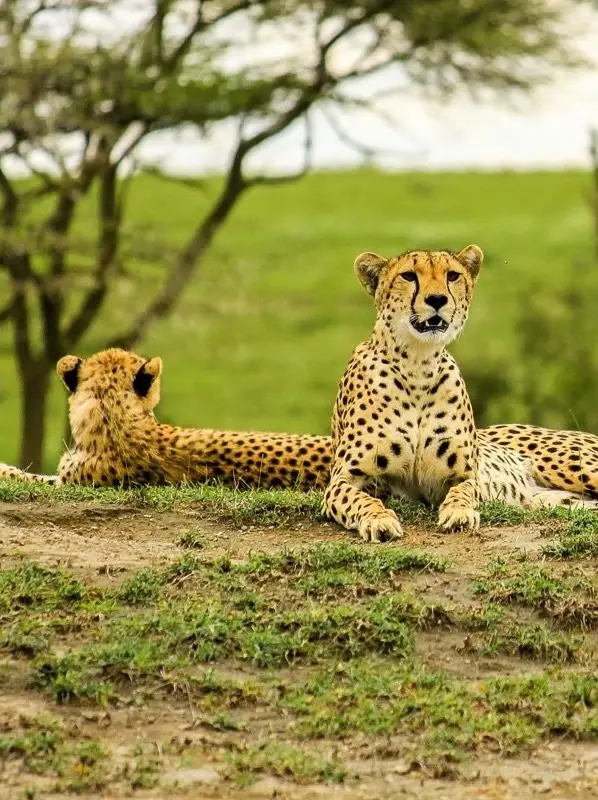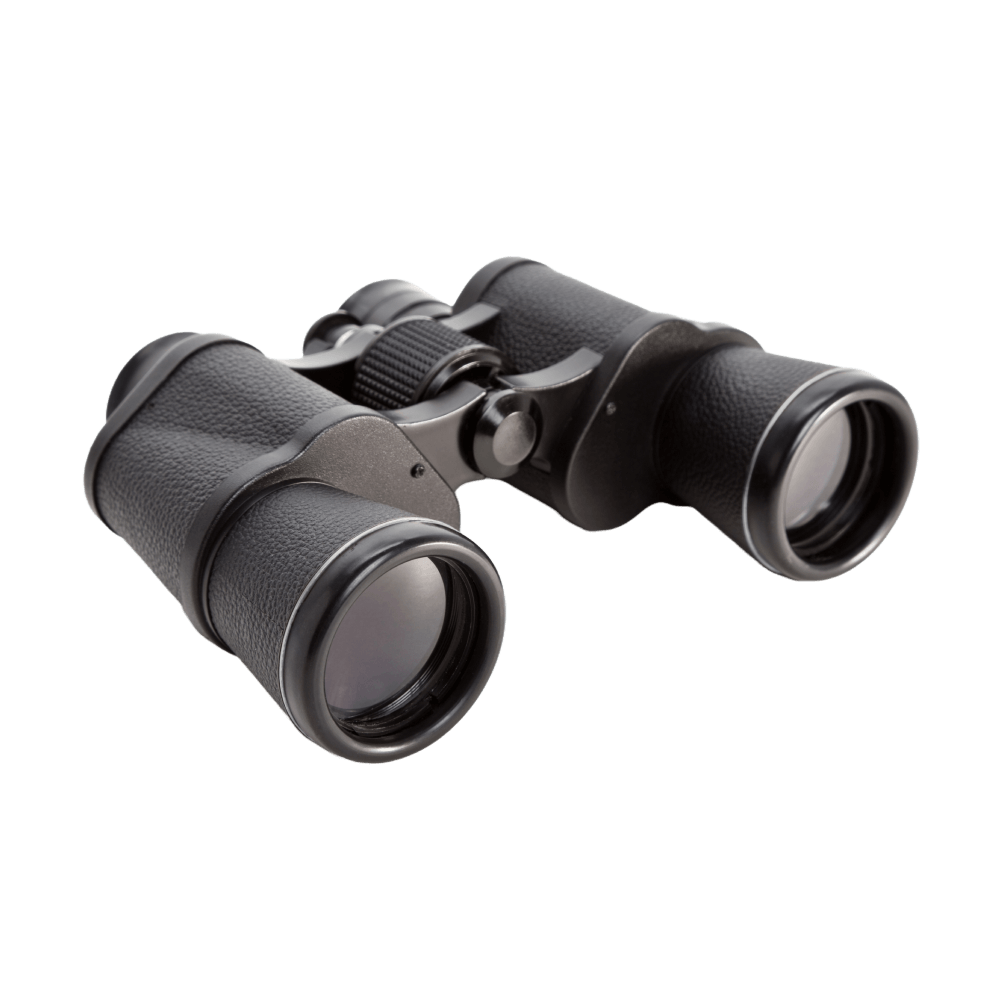About Us
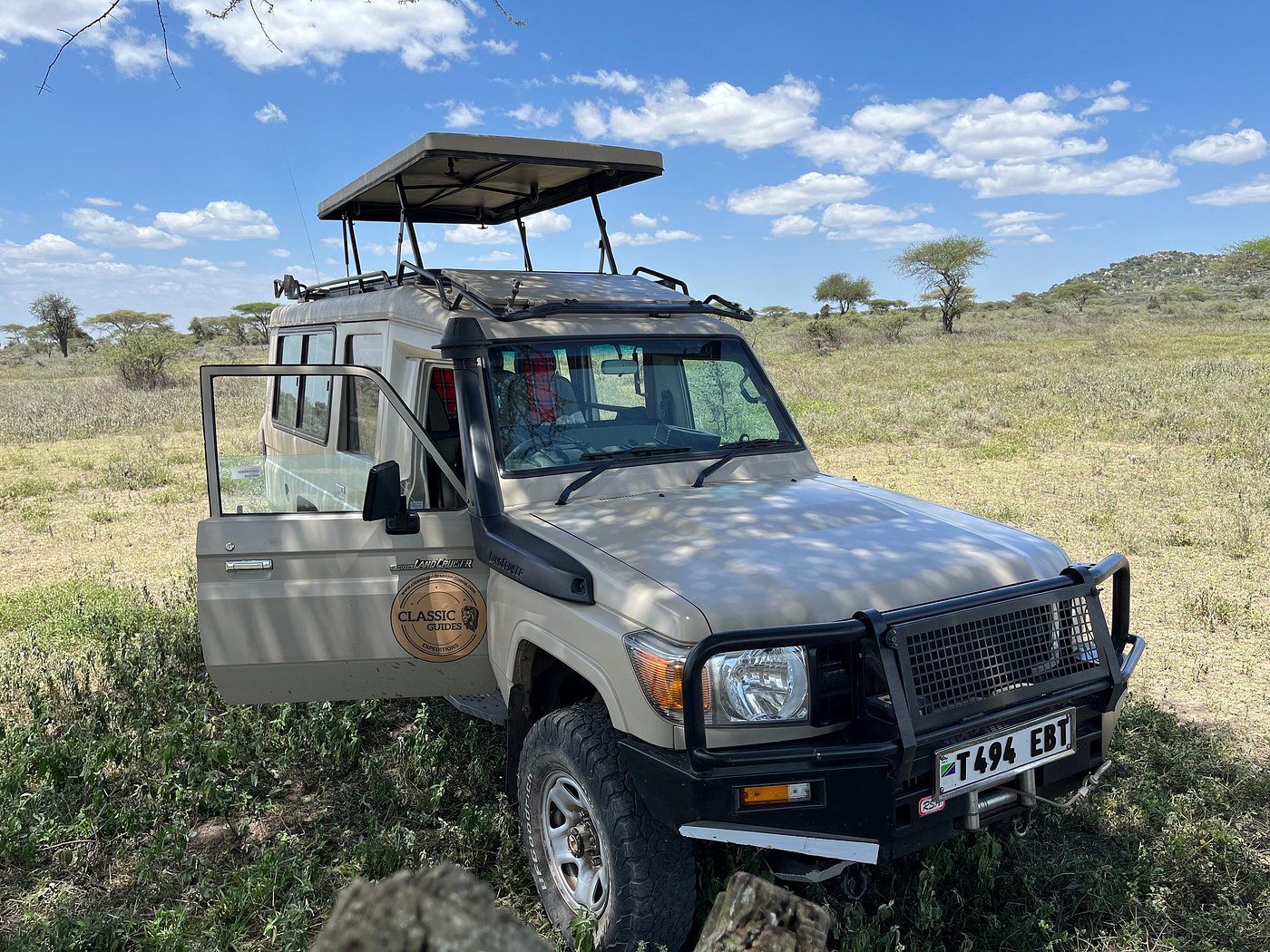
Overview
Serengeti National Park, located in northern Tanzania, is a globally renowned wildlife sanctuary that epitomizes the untamed beauty of the African savanna. Spanning over 14,750 square kilometres, the park is a witness to the raw, unfiltered essence of nature and is synonymous with the Great Wildebeest Migration—one of the most spectacular wildlife events on the planet.
Serengeti, derived from the Maasai word meaning "endless plains," lives up to its name with vast landscapes of grasslands, acacia trees, and rocky outcrops. The park is part of the larger Serengeti Ecosystem, including the Ngorongoro Conservation Area and adjacent reserves. It is home to an extraordinary diversity of wildlife, making it a UNESCO World Heritage Site and one of Tanzania's flagship conservation areas.
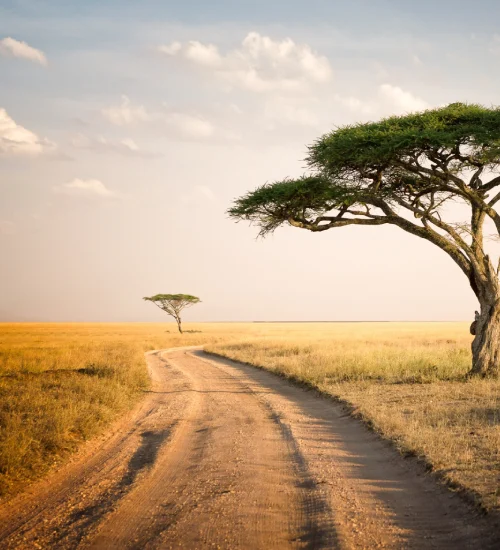
Best Time To Visit
The dry season from June to October is considered the Best Time To Visit Serengeti National Park. During this period, the Great Migration takes place, and animals gather around water sources, making wildlife sightings abundant and easier to spot. This season also offers excellent game viewing with fewer mosquitoes. The wet season (November to April) offers lush green landscapes and fewer tourists, but animal sightings can be more spread out as wildlife is more dispersed due to abundant water sources. The wet season is ideal for birdwatching and seeing the park’s vegetation come to life.
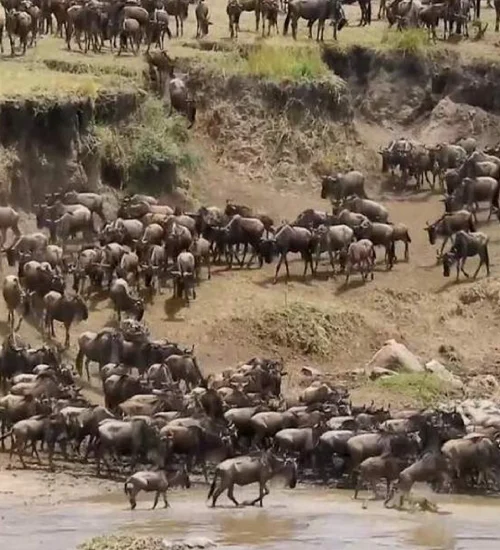
Wildlife
- Wildebeests: The stars of the Great Migration, wildebeests, along with zebras and gazelles, create an awe-inspiring spectacle as they move across the plains.
- Lions: Serengeti is renowned for its healthy lion population, with prides often seen resting or hunting in the open grasslands.
- Elephants: Elephants roam the park, their presence adding a majestic touch to the scenery.
- Leopards: The park's varied terrain provides ideal conditions for leopards, offering opportunities for elusive sightings.
- Cheetahs: Serengeti is one of the best places to witness cheetahs in action, showcasing their incredible speed during hunts.
Customize it - Book it - Get Amazing Packages
Plan your perfect getaway—customize every detail, book easily, and enjoy value-packed packages filled with unforgettable East African experiences.
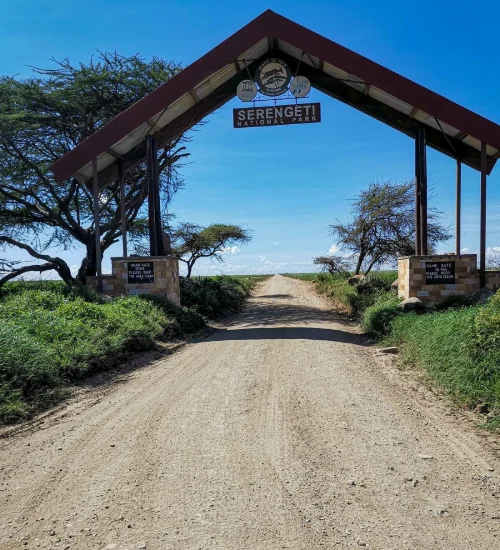
How to Get to the Park
Serengeti National Park is accessible by both road and air. From Arusha, it’s about a 6-8 hour drive to the park entrance, with well-maintained roads leading to the various entry points. For quicker access, charter flights are available from Arusha or Kilimanjaro International Airport to airstrips within the park. Travellers can also opt for guided safari tours that include transportation. There are airstrips at different locations in the park, making it convenient to access various areas. The park's central location in the northern safari circuit ensures easy connections to other parks like Ngorongoro Crater.
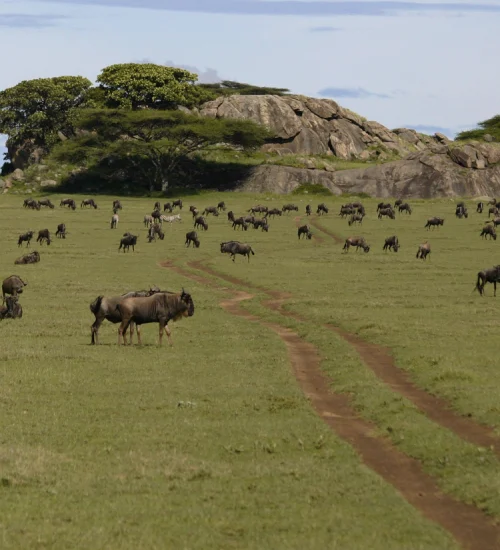
Highlights
- The Great Migration: Witness the awe-inspiring migration of millions of wildebeest and zebras across the plains.
- Seronera Valley: Known for its high concentration of wildlife, including lions, cheetahs, and hippos.
- Lemala Hills: Scenic viewpoints with breathtaking views of the Serengeti plains and surrounding landscapes.
- Moru Kopjes: A unique rock formation and an excellent place for spotting predators, including leopards.
- Endless Plains: Expansive savannahs, offering incredible wildlife viewing opportunities throughout the park.
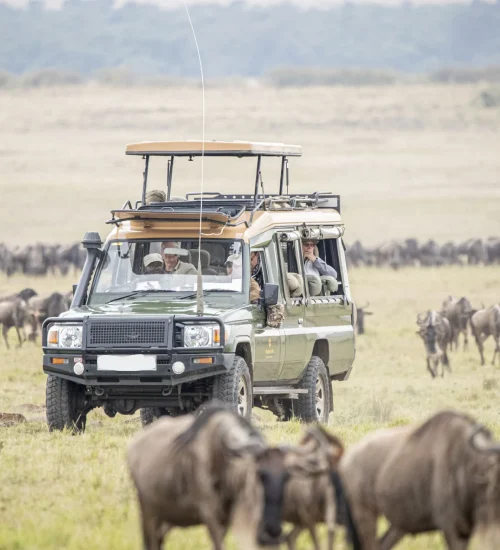
Activities
- Game Drives: Explore the park's endless plains on a guided game drive, observing the Big Five and other wildlife.
- Hot Air Balloon Safari: Experience the Serengeti from above, with breathtaking views of the plains and wildlife.
- Great Migration Viewing: Track the movement of wildebeest, zebras, and gazelles during the Great Migration.
- Birdwatching: Spot hundreds of bird species, including rare and endemic ones, throughout the park.
- Cultural Tours: Visit local Maasai villages near the park to learn about their traditions and way of life.
- Photography: Capture the incredible landscapes, wildlife, and dramatic moments of predator-prey interactions.
Tanzania Popular Destinations
Discover Tanzania’s most iconic destinations with us. From the majestic Serengeti and Ngorongoro Crater to the sun-kissed beaches of Zanzibar, our expert-guided tours offer unforgettable experiences. Witness the Great Migration, explore vibrant cultures, and embrace wild beauty. Start your Tanzanian adventure with confidence—travel smarter with Classic Guides Expeditions today!
Explore Safari Tour Packages
HAPPY CUSTOMERS
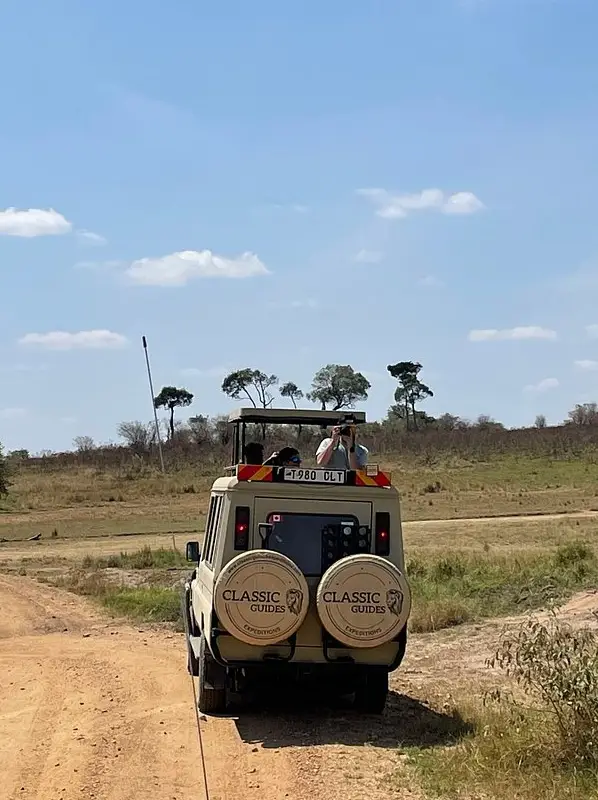
OUR PARTNERS
Travel with confidence through our expert team of professionals, ensuring a seamless and unforgettable experience. Our trusted partners provide exceptional services, from Tanzania Guided Safaris to luxury accommodations, tailored to your preferences. Explore Tanzania with the best in the business, and enjoy a journey filled with adventure, comfort, and expertise.
Why Classic Guide
We know Tanzania like no one else—not just as a destination, but as a vibrant, breathing world where lion prides rule the grasslands, ancient baobabs stand as silent sentinels, and Maasai warriors share fireside tales under endless starry skies. From tracking the Great Migration’s thunderous river crossings to walking barefoot on Zanzibar’s powder-white beaches, we immerse you in experiences that linger in your soul long after you return home.

